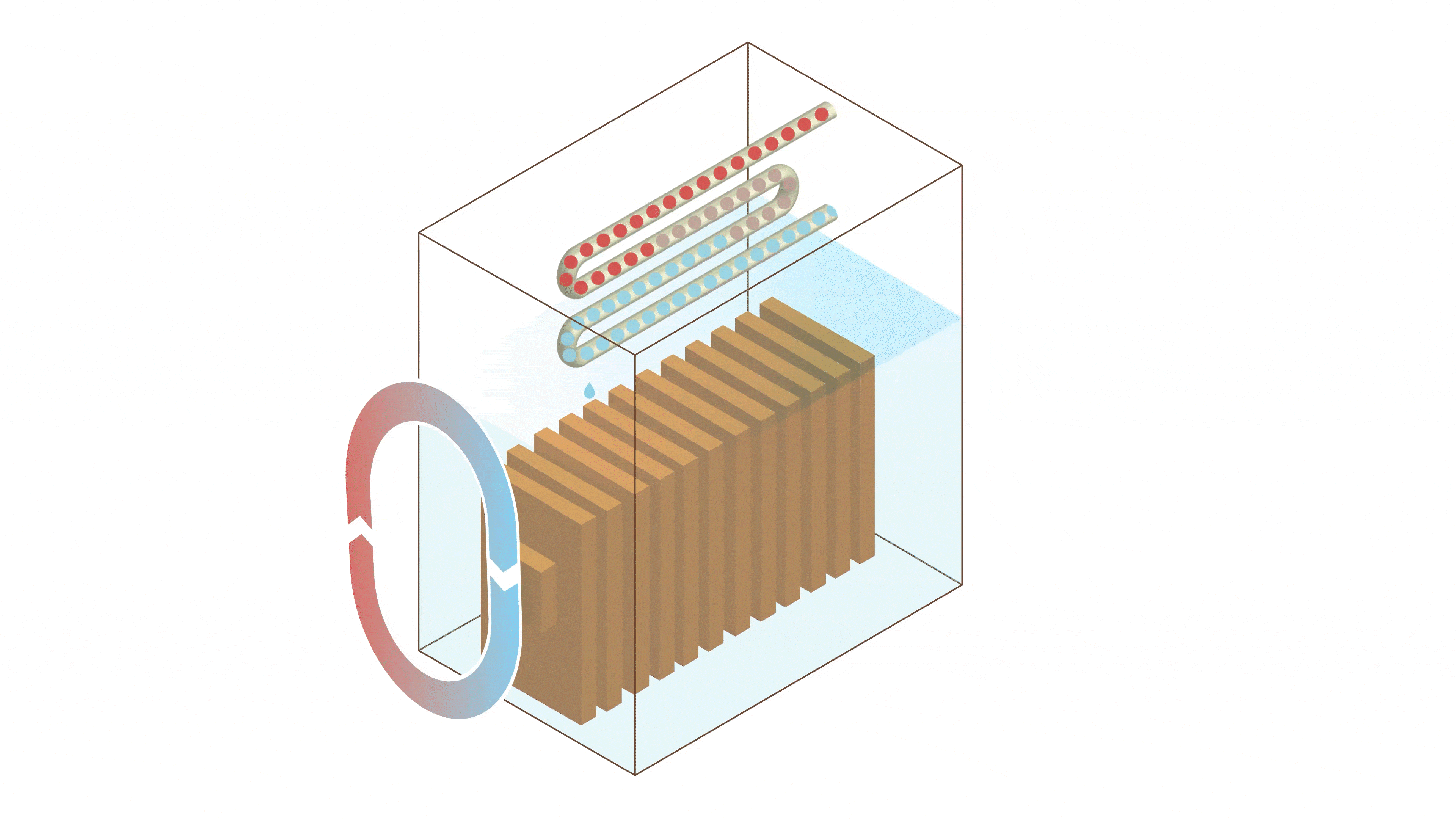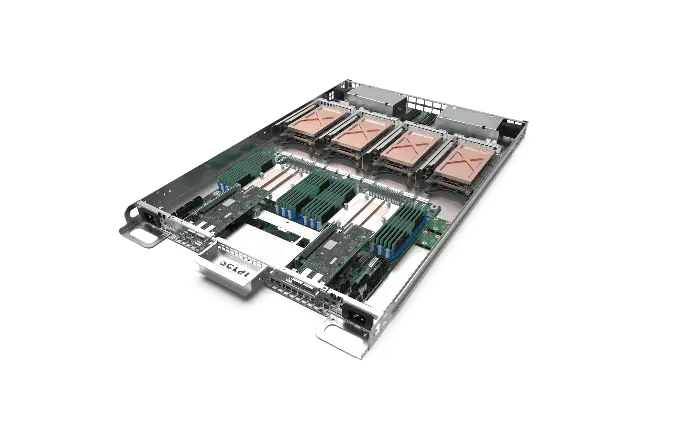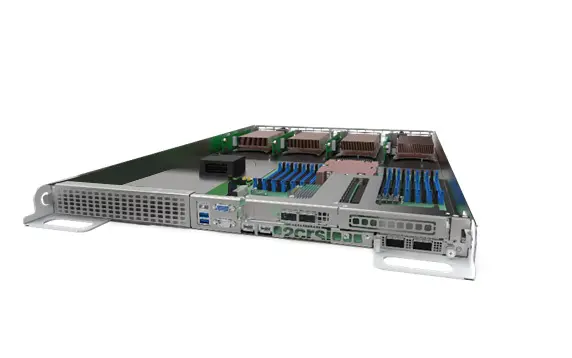TWO PHASE IMMERSION COOLING SYSTEM
Two-Phase Immersion Cooling: How Does It Work?
Immersion cooling is a cooling system used for high computing servers producing a lot of heat. The initial step to set up two-phase immersion cooling is identical to single-phase liquid. The servers are totally immerged in the non-conductive liquid, named dielectric liquid, and enclosed inside the tank.
The difference with single-phase cooling is first, the type of dielectric liquid used. For two-phase cooling, the liquid used is fluorocarbon-based. The latter can boil reaching 50°C, contrary to the one used in single-phase cooling.
The heat from the servers makes the dielectric liquid boil, transforming liquid to gas and creating vapor passively taking care of heat transfer. Then, the vapor is changed back to its liquid state thanks to a condensing coil. The liquid is now chilled and can be reintegrating the cycle.
This is a simple cycle that eliminates cooling hardware such as fans and results in better cooling efficiency.

Is Two-Phase Immersion Cooled System Better? 5 advantages
The main advantage of two-phase immersion cooling is its energy efficiency. Since the components are submerged in a dielectric fluid, there is no need for fans or other cooling devices. This eliminates the need for additional energy consumption, resulting in significant cost savings. Additionally, this cooling system is more reliable than traditional air-cooling systems, as it is not affected by dust or other environmental factors.
Two-phase liquid is also more environmentally friendly! Since no fans are needed, there is less noise pollution and fewer emissions.
To summarize:

Low PUE
The tanks used for two-phase immersion cooling require no fans and no air conditioning, taking away the extra power usage. In average, the PUE in two-phase immersion cooling varies from 1.01 to 1.02.

Easy Maintenance
For maintaining a tank-based two-phase immersion cooling, technicians only need to remove the boards from the tank. In single-phase, they need to take time to entirely drain the liquid.

Components lifespan
The lifespan of components is longer in two-phase cooling thanks to the lack of temperature variations (the liquid is kept at a boiling state) and lack of fans (which can possibly provoke vibrations).

High Computing Density
The components placed inside the server can be placed closer to each other therefore requiring less space, because the heat generated is significantly reduced with immersion cooling. This enables high power density.

Cooling efficiency
The phase change allows a much faster heat dissipation than air and water. Two-phase immersion cooling is a better system to reach high power density.
Overall, two-phase immersion cooling is an innovative and efficient cooling technology that offers numerous benefits. It is energy efficient, cost effective, reliable, and scalable. As such, it is becoming increasingly popular in the data center industry.
For Which Industries is Two-Phase Immersion Cooling Useful?
The system for two-phase immersion cooling can cool very high-demanding servers generating a great amount of waste heat.

AI & Machine Learning
Artificially intelligent softwares, algorithms and applications require a lot of processing power with many GPUs, needing to be handled by the right cooling system. GPUs produce a lot of heat which increase the electricity bills if they’re cooled by air. In contrary, two-phase immersion cooling is cost-efficient.

Edge & Cloud Computing
To prevent data transfer latency, data centers must be equipped with the right cooling infrastructure. Multiple edge and cloud data centers are in urban areas. Two-phase immersion cooling allows a greater density of processing capabilities in narrow spaces.

Crypto & Trading
Both fields require high-performance computing systems to provide low latency and high-speed computing. Two-phase immersion cooling can easily handle higher overclocking possibilities for extreme applications.

Aerospace & Defense
These applications are sensible. Latency and mechanical problems can be fatal. These industries need high-performance computing paired with the best cooling solution possible in order to cool components in extreme environments.
Focus on the Atlas 1.8GG: the first server designed for dual-phase immersion
Designed for, not adapted to!
Our R&D teams designed a server especially made for dual-phase immersion cooling.
Usually, immersion servers using this technology are single-phase servers adapted to dual-phase.
The Atlas 1.8GG is built to resolve all single-phase to dual-phase adaptions problematics!
It supports up to 8 GPUs in an incredibly hyper-dense configuration, a feat only possible through our advanced dual-phase immersion cooling technology.





